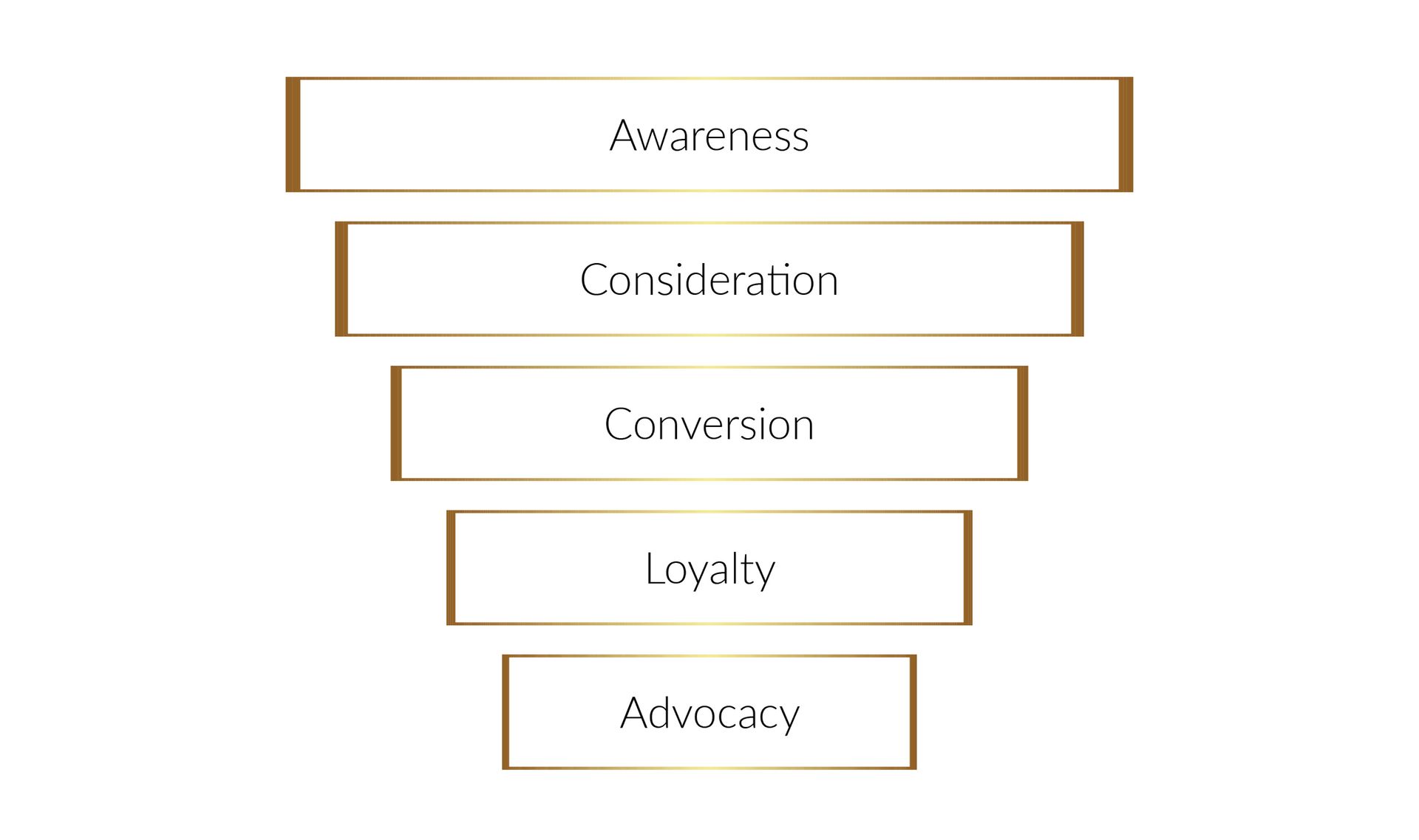The Intersection of Human Resources and Payroll: A Deep Dive
Unraveling the Complex Relationship between Human Resources and Payroll

The Intersection of Human Resources and Payroll: A Deep Dive
When it comes to running a successful business, few departments are as vital as Human Resources (HR) and Payroll. While the HR department is primarily responsible for managing employees and maintaining a healthy workplace environment, the Payroll department ensures that employees are compensated accurately and on time. In many organizations, these functions overlap to a certain degree, leading to a complex, symbiotic relationship between HR and Payroll.
HR and Payroll: An Intertwined Relationship
Sometimes, the functions of HR and Payroll are deeply intertwined, even residing within the same department. In other cases, they might be separate entities reporting to different executives. While it's not uncommon for payroll to report directly to the CEO, it's often embedded within either the HR or Finance department. The precise structure can vary significantly depending on the organization's size, culture, and strategic objectives.
Despite the variability in their organizational placement, both HR and Payroll perform crucial roles that interlink significantly. For instance, HR may handle tasks such as tracking start and termination dates, altering employee pay rates, and managing benefits information. On the other hand, the Payroll department calculates and processes employee payments and handles tax withholding.
The relationship between HR and Payroll is like the interlocking gears of a clock. HR primarily manages processes related to an employee's pay, such as salary increments, bonuses, leave days, and benefits. Simultaneously, Payroll is responsible for the actual calculations, deductions, and disbursements of payments.
The Five Pillars of HR
The responsibilities of the HR department extend far beyond payroll-related tasks. HR primarily manages five key areas:
1. Talent Management: This involves hiring, onboarding, and retaining talented employees who can contribute to the organization's success.
2. Compensation and Employee Benefits: HR determines appropriate compensation packages, benefits, and rewards to attract and retain employees.
3. Training and Development: HR is responsible for providing employees with the necessary tools, training, and opportunities for professional growth and development.
4. Compliance: HR ensures the company adheres to all labor laws and regulations to avoid potential lawsuits or penalties.
5. Workplace Safety: HR plays a vital role in maintaining a safe and healthy work environment, ensuring that the company follows health and safety regulations.
By effectively managing these duties, HR helps maintain an organizational structure that can meet business needs and ensure the employee lifecycle is managed effectively.
Navigating Payroll Errors
Despite the best efforts of HR and Payroll departments, errors can occasionally occur. Payroll errors can be distressing for employees, negatively impacting their morale, productivity, and overall wellbeing. In severe cases, it could even lead to employee turnover.
When payroll errors happen, it's crucial to rectify them as quickly as possible, usually by the next paycheck. Employers are legally obligated to correct any underpayment immediately, especially concerning final paychecks. If employers fail to promptly correct these errors, they may face legal penalties.
Should HR and Payroll Be Separated?
While HR and Payroll functions often overlap, many organizations choose to separate these departments. This separation usually revolves around the 'payroll processing' aspect – the actual financial operation of disbursing paychecks, paying employment taxes, and other related functions.
Separating HR and Payroll can lead to more streamlined operations, reducing the likelihood of errors. For instance, having a dedicated Payroll department ensures focus on the intricate details of payroll processing. Simultaneously, it allows the HR department to concentrate on core responsibilities, like talent management and employee relations.
Who Prepares the Payroll?
The preparation of payroll can be handled by either an HR or Finance staff member. They prepare the Payroll Calculation Sheet a few days before payday, meticulously ensuring its accuracy before signing off on it.
The Consequences of Inaccurate Payroll
Inaccurate payroll can lead to serious consequences. Small errors can snowball into large monetary burdens for both the organization and its employees. Moreover, frequent payroll errors can diminish employees' trust in the company, leading to decreased morale and productivity.
The Three Key Responsibilities of HR
The overarching responsibilities of the HR department can be broken down into three major roles:
1. Administrative: This includes tasks like hiring, monitoring employees, managing payroll and benefits, and policy development.
2. Change Management: HR plays a crucial role in managing organizational changes, ensuring smooth transitions while minimizing disruptions.
3. People Management: HR focuses on improving employee performance, engagement, and overall job satisfaction.
In conclusion, both HR and Payroll play crucial roles in the organization's success. Although the responsibilities may overlap in some areas, each has a unique focus, contributing to the smooth running of the business. By understanding their interrelationship and distinct roles, organizations can leverage both HR and Payroll to maximize their efficiency, employee satisfaction, and overall business performance.
Human Resources, Payroll, HR Management, Business Operations, Employee Compensation, Payroll Errors, HR Roles.




